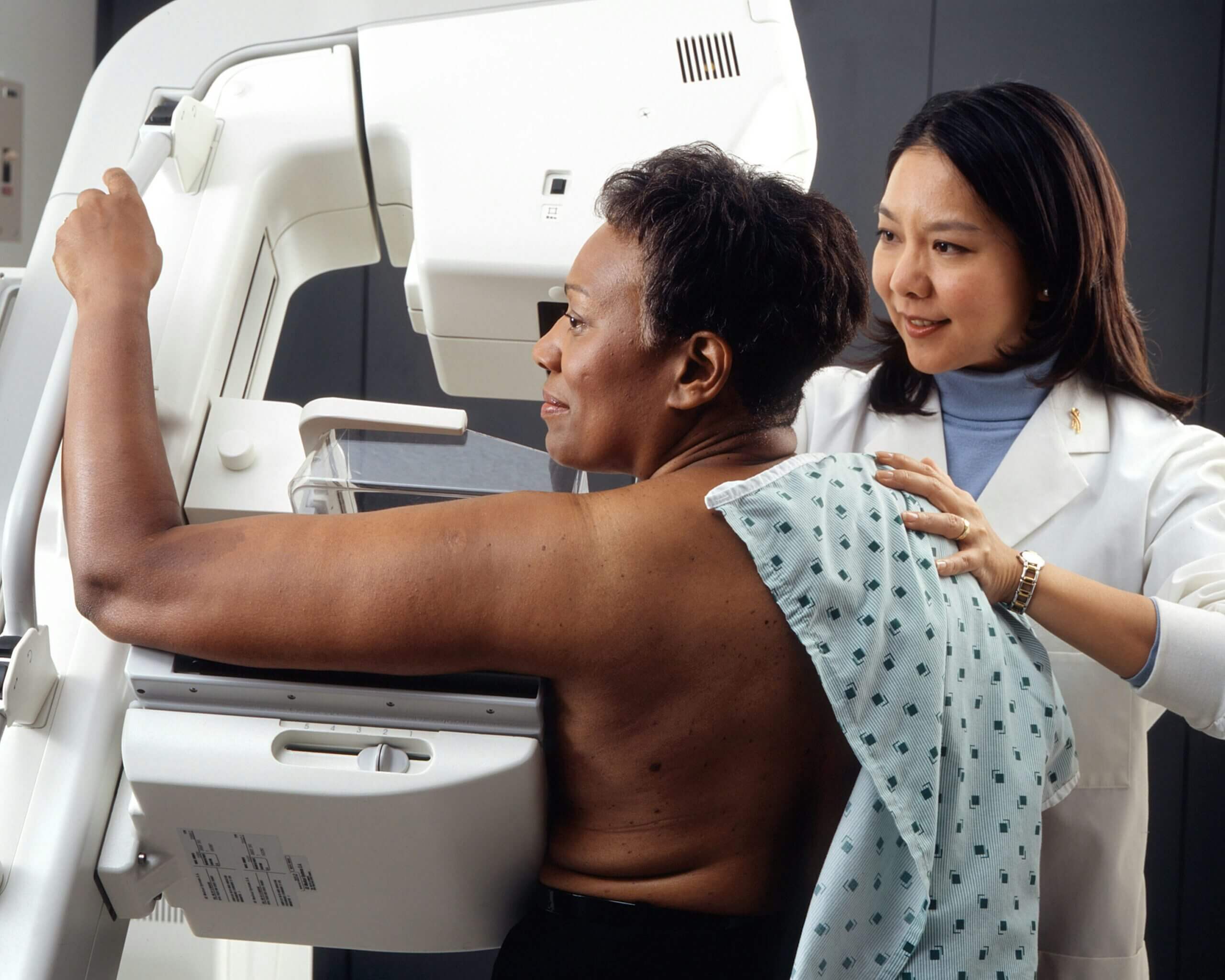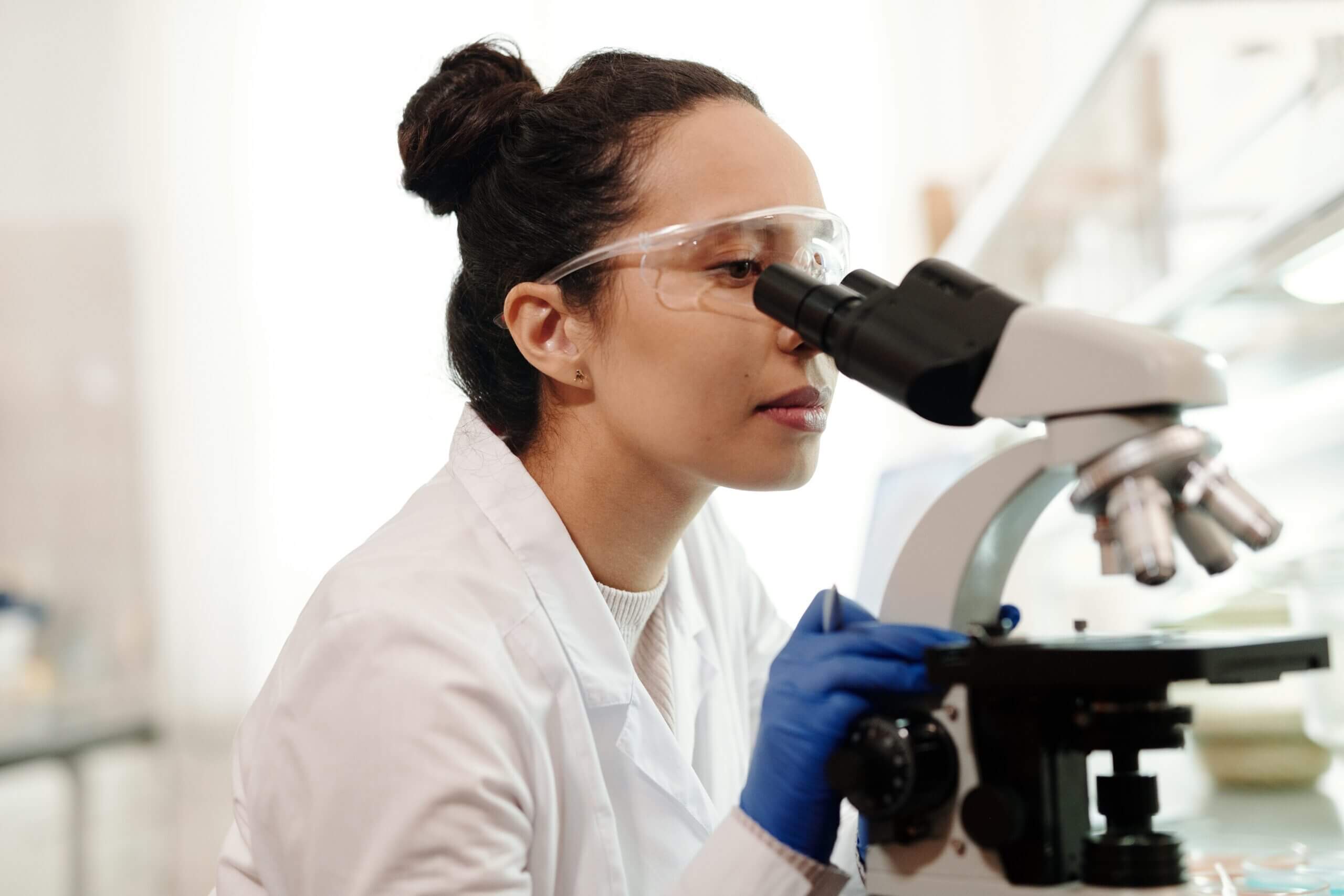“As a nutritionist with a history of breast cancer, do you take D-indol-methane (DIM) daily?” As a nutritionist who hangs out with other breast cancer survivors, this is one of the most common questions I get.
There are two different nutrient compounds in broccoli and other crucifers that are known as “super nutrients” in the nutrition science space. One is called Di-indol-methane, or “DIM” and the other is called Sulforaphane. These two nutrient compounds do different things, but they’re often confused because they are both heavily associated with the broccoli plant and are broadly thought to be remedies for breast cancer. In some ways, they are beneficial, but not in the same ways.
What is Di-indol-methane (DIM) and its relationship to breast cancer?
DIM helps us to detox recirculating estrogens—the estrogens that we make ourselves, which are mostly useful to us at first, but they can get stuck in re-circulation mode. This happens for two groups: those of us who are poor detoxers of estrogen, naturally, and those of us who are in the peri-menopausal stage of life when estrogen dominance peaks at the same time as our bodies’ abilities to detox estrogen starts to break down. This means that if we don’t get help from DIM, we may hold on to the fragments of already-used estrogen called “metabolites.” These metabolites can hang out in our bodies for a long time and even get stuck in our fat stores, which serve as a long-term storage location (think of those bins in your garage or storage unit, whose contents have been long forgotten.) “Old” estrogen fragments aren’t useful to a healthy body. Some of them are even dangerous if they go down a certain methylation pathway (a DNA modification process) which is highly associated with breast cancer.
A common DNA mutation that many of us inherit from our parents and grandparents is one called “COMT”. COMT does several things, but it can make us poor metabolizers of estrogen in that one dangerous pathway. I had the luxury of being suspected of having breast cancer early, and I was screened pretty heavily for ten years before I had to take any kind of action. During that time, I kept a close eye on my COMT methylation, taking a variety of supplements that I still use, to try to balance it out. For instance, magnesium is an important part of this process and most of us run low on magnesium.
Early on, DIM was a key part of that plan. My hormones were pretty unruly throughout perimenopause. I took a saliva and urine hormone test called DUTCH about once a year all through my forties and even with all of the supplements that I took, the hydroxy pathway that my estrogen metabolism travelled down with the not-so-helpful help of my COMT mutation was usually showing to be at least a little high.
It wasn’t until late in my cancer screening journey that I discovered a particularly potent form of DIM, that I believe moved the needle for me and started to help me detox my metabolites.
I want to be clear that it didn’t move the needle enough to stop my breast cancer. However, it may have been a factor in making my breast cancer more safe and slow-growing, but I still did end up succumbing to a small amount of breast cancer in the end. As a side note, nutritionists should never claim that nutrition can reverse or cure breast cancer that has already established a foothold. If you find one who does, run the other way!
Is it a myth that Di-indol-methane DIM is killing your cancer cells? Yes. This is a myth. DIM helps in a single part of an important detox pathway—it ushers the partially used and potentially toxic fragments of estrogen out of your body. Only when you have cancer cells that crave estrogen as a growth factor would you even have to worry about these fragments and whether or not you are clearing them, so DIM is a very secondary factor for breast health.
What is sulforaphane and its relationship to breast cancer?
Sulforaphane, on the other hand, maybe a more powerful weapon against cancer — but we don’t know for sure yet.
Sulforaphane is a compound found in broccoli and broccoli sprouts as well as other crucifers. Unlike DIM, it is a few steps along the long path of being shown to be an actual “treatment” for cancer. I will reference a couple of studies on this topic below, one of which suggests that sulforaphane inhibits breast cancer stem cells.* It should be noted that these studies have been mostly done on mice and not humans. So, we have a long way to go to find out whether sulforaphane is strong enough to help humans battle breast cancer.
I believe that a highly concentrated broccoli supplement is worth investing in, especially if you are in the stage of life before the natural onset of menopause and not in a state of medically induced menopause. Science says that sulforaphane may be capable of moving the needle for most of us breast cancer survivors, but I also tell survivors who are clients that their lives are not dependent on their taking this supplement. It is certainly not the only thing that we need to focus on. Without daily moderate exercise resembling a 60-minute brisk walk every other day, I would say you are likely still at risk of recurrence even if you do take sulforaphane daily.
But here’s my real concern: most DIM and sulforaphane extracts aren’t worth your money!
One of my favorite nutrition books is called Eating on the Wild Side by Jo Robinson. In that book we learn broccoli is one of the most temporarily nutritious veggies on the produce stand. Within hours of being picked from the farmer’s row, it starts to wane in its nutrient density. So you have to eat that broccoli within a couple of days to get the most nutritional benefit out of it.
This is where my nutritional heroes at Mara Labs come in. (To be clear: I’m not affiliated with them in any way.) They’ve developed a technology that preserves the potent strength of freshly picked broccoli, and have developed a way to do this in a concentrated way with an even more potent source: concentrated sulforaphane from broccoli sprouts.
I’m a big fan of their product, BrocElite Plus, because Mara Labs has gone to the effort to have it tested by a third party to show its potency and freshness.
By the way, this is what all supplement companies should be doing to earn our trust and investment (most don’t). To learn more about Mara Labs and their product, Brocelite, listen to this podcast episode with world-renowned clinical expert and educator Dr. Chris Kresser, founder of the Kresser Institute.
How often do I order a bottle of my favorite DIM/sulforaphane product, “Brocelite” as a breast cancer survivor? It might surprise you that I only need to order it once or twice a year these days. I do this for three reasons:
- My body is no longer producing as much estrogen. I’m in the menopause transition now, and I don’t need to watch my estrogen methylation and metabolites as closely. If you are in peri-menopause, though, which happens for most of us between age 40 to 50, you may want to take this supplement daily. This is the period of time that metabolites can go a little haywire.
- It is highly likely since I only had a few millimeters of invasive cancer in my breast, that I am safe from cancer stem cells returning.
- I try to set an example for my clients not to cling to any one supplement for dear life. It is simply not necessary to do so, according to science. Supplements aren’t yet proven to be the main thing we need—even promising ones like this one—and even for those like me who have a COMT genetic mutation. I still emphasize exercise as the first and foremost step one can take to feel confident that we are doing everything we can to keep cancer at bay. There’s no getting around that. Once you have three one-hour sessions of brisk exercise as a working habit, you have my permission to focus on supplements, but don’t get carried away!
For these reasons, I only take about 60 capsules of sulforaphane a year. While I do still take a certain form of magnesium every night before bed to assist with COMT methylation, I no longer take my concentrated broccoli extract daily.
There is only one case in which I might start taking a double dose of the very best sulforophane in the form of Brocelite capsules every single day. That would be under the circumstance that my breast cancer progresses to a diagnosis of metastatic cancer. Sulforophane has been tested on men with prostate cancer and the supplement has shown very promising results in initial trials. So I might put my money on it doing the same for women with breast cancer. I could be wrong, but when we are dealing with metastatic cancer, I’d be willing to try way more supplementation as a more desperate attempt to keep my cancer stem cells weak—as long as it wasn’t conflicting with any pharmaceuticals. I would of course, first, defer to doctors and pharmacists to let me know which supplements are approved by them for use.
All cancers love to grow in the confusing macro-environment we call “inflammation.” This will be the dietary topic of my next blog entry here on the AskEllyn blog. Catch me there, and in the meantime, please relax and enjoy your fresh, or freshly sprouted broccoli. Real food is always the best and safest source of any nutrient!
*https://pubmed.ncbi.nlm.nih.gov/28001083/ ; https://pubmed.ncbi.nlm.nih.gov/28899199/ ; https://aacrjournals.org/clincancerres/article/16/9/2580/76213/Sulforaphane-a-Dietary-Component-of-Broccoli

Health Blogger and Board Certified Holistic Nutritionist, Kathleen Moss, will be writing for askellyn.com throughout 2025, and you can also find her on her new podcast, A Breast Cancer Diary, available on pod apps as well as on YouTube. To book a nutrition session with Kathleen, email her at ka******@***********er.com.




